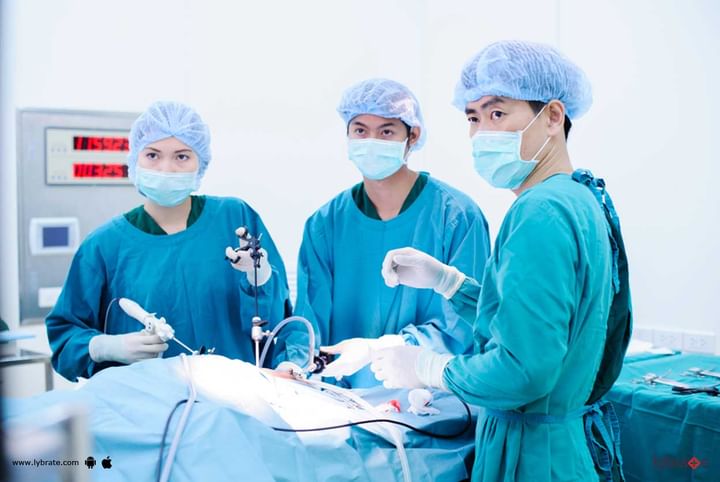Laparoscopic Appendix Surgery - How Is It Performed?
Laparoscopic Appendix Surgery
The appendix is a vestigial organ, which means that it does not have a vital part to play in the body. While it may play a small role in immune function as it produces a class of antibodies known as an immunoglobulin, it is not the only organ capable of doing this. If a person is suffering from pain due to infection and inflammation of the appendix, the doctor will, in all likelihood, recommend removal of appendix by surgery, called Appendicectomy.
However, an appendix surgery may involve postoperative pain, long hospital stays and protracted route to recovery. One can avoid all these if one opts for Laparoscopic Appendix Surgery. In fact, this Laparoscopy is the most preferred method of removing the appendix.
Benefits of Laparoscopic Appendicectomy
Common benefits include:
- Less postoperative pain
- Short hospital stays
- Quicker return to normal bowel function
- Quicker return to normal activity
- Cosmetically better results
Who Should Go for Laparoscopic Appendix Surgery?
A patient may develop sudden pain in upper/right abdomen, fever, vomiting, loss of appetite. These are signs and symptoms of acute appendicitis and usually, diagnosis is confirmed by ultrasonography or CT scan. Most patients with acute appendicitis will require appendix removal surgery on an emergency basis. Other patients may have repeated episodes of upper/ right lower abdomen pain with occasional nausea and vomiting due to recurrent mild infection of the appendix.
These patients with recurrent mild appendicitis may require removal of the appendix if the episodes are frequent. Both sets of patients would benefit from laparoscopic removal of the appendix. In fact, laparoscopic surgery can be done even in cases of complications such as the ruptured or perforated appendix, and the formation of an abscess.
In very, very rare instances such as excessive bleeding, or dense scarring resulting in an inability to visualise the appendix, the surgeon may revert to traditional open surgery for the patient's safety.
How Is Laparoscopic Appendix Surgery Performed?
In laparoscopic appendix surgery, the laparoscopic surgeon usually makes 3 small incisions on the abdominal wall. Through one of these incisions, she will insert a cannula, and a laparoscope is then inserted through this cannula. With the help of the laparoscope, the doctor can get a magnified view of the internal organs on a television monitor. Through the other incisions, more cannulas are inserted, and surgical instruments are passed.
The surgeon visualised the enlarged images on a television monitor and manoeuvers the instruments accordingly. This helps the doctor to work inside smoothly and take out the infected appendix. In case or rupture/perforation or abscess, a drain may be placed during the procedure to remove infected fluids from the body. Finally, the recovery is much quicker after laparoscopic than open surgery with much less pain, fewer chances of infection and better cosmesis.



+1.svg)
